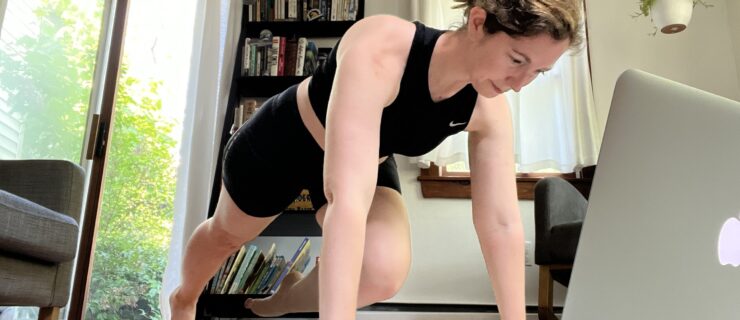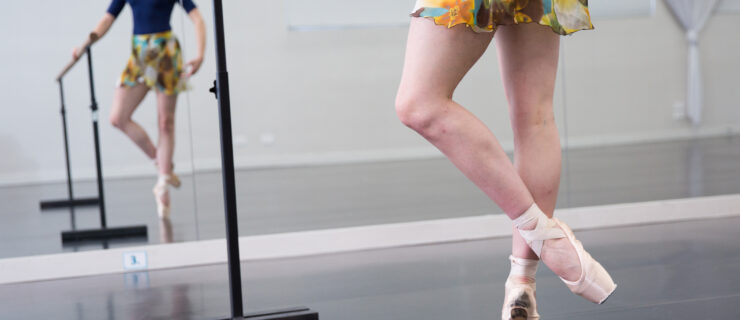What Can Mental Health Support in Ballet Look Like?
Asked to recall a time when her emotional state affected her ability to do her job, Lauren Fadeley Veyette laughs. “Which one do you want? There were so many!”
While the connection between a dancer’s mental health and their performance is obvious, the topic has recently taken on greater urgency. High-profile athletes like Simone Biles and Naomi Osaka have recently prioritized mental health over competition, heightening public awareness of the extreme pressures elite performers face. Dancers like Veyette, whose career spanned 20 years and three companies, know that ballet’s mental game is as hard as its physical one. But it took decades for physical therapy and cross-training to be seen as necessities rather than signs of weakness. It’s time for a similar shift in the area of mental and emotional health.
According to counselor Josh Spell, LICSW, negative thought patterns, injury anxiety, career-transition stress, identity and body image are some of the emotional components that dancers regularly deal with. Offering professional psychological support can be a game changer in managing ballet’s daily pressures, as well as circumstances causing acute distress. But what’s realistic, necessary and optimal for dancers and dance organizations alike?
Access to Care and Confidentiality
Veyette, now principal of the Kansas City Ballet Academy, describes an unsettling time when she had to make an unexpected career move. A directorship change in the company where she’d been for nine years made her feel like it was time to explore other options, but switching companies wasn’t something she’d planned on. “I was at the peak of my career and felt like, ‘What am I going to do with my life now?’”
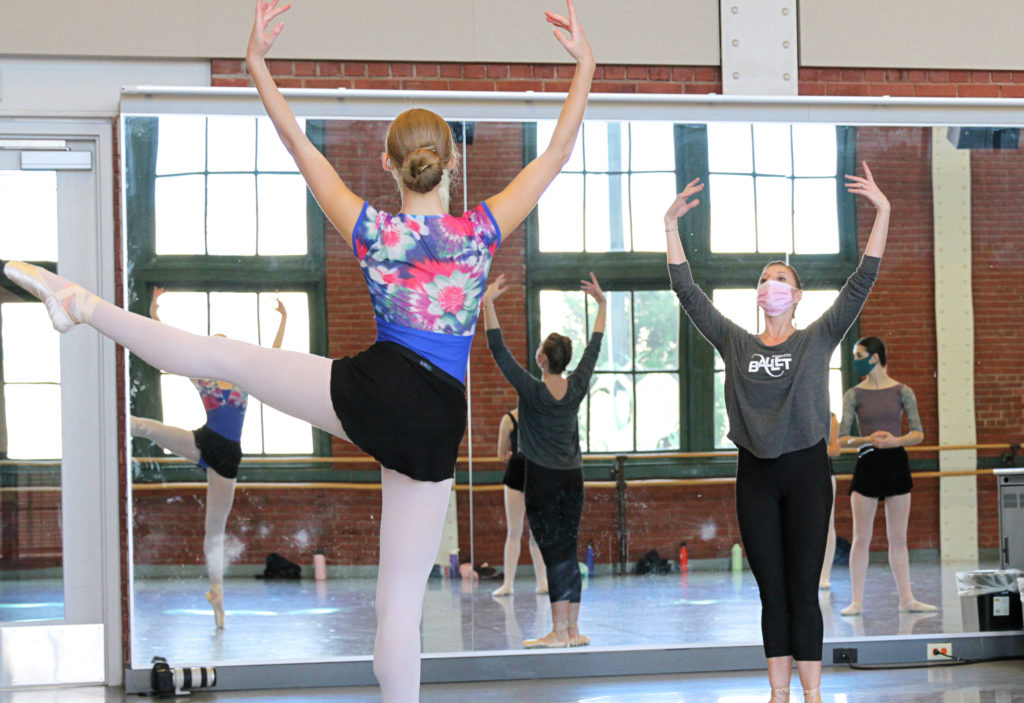
The stress of auditioning for another job while still in her current one was so great that Veyette experienced panic attacks in rehearsals and, in desperation, sought professional counseling. “I had to go outside the company on my own time, find someone who took my insurance, pay for it—and then explain to them the nature of the ballet world. It was very time-consuming.”
Looking back, Veyette thinks that having access to a neutral third party who already understood the ballet field, but could guide her confidentially, would have served her better.
Pacific Northwest Ballet, which has had a consulting psychologist for years, is aiming to provide just that. In the wake of the pandemic, and amidst the cultural shift towards greater diversity in the ballet world, company administration saw an opportunity to prioritize their artists’ mental health. An expanded wellness program, headed by Spell, a former dancer himself, gives PNB dancers access to four to six individual sessions with him per season, paid for by the company.
“I provide what’s called ‘Solution Focused Brief Therapy,’” Spell explains. “It’s not psychotherapy; it’s counseling. Since I already understand the dancer’s frame of reference, we can get right into what’s going on. Is it self-confidence, communication trouble, boundaries? A lot of times it relates to ballet, but sometimes it doesn’t.”
Although PNB reimburses Spell for his services, administration does not know who he’s worked with. Only in a case where he saw danger of imminent harm to self or others would privacy be put aside.
Starting Early
Professionals aren’t the only ones who need support. At Joffrey Ballet Academy in Chicago, director Raymond Rodriguez is working to incorporate mental health awareness into young dancers’ training. “I see the struggles students have in their teens and early 20s, when they’re on the cusp of professionalism and realize how competitive the field is,” says Rodriguez. “Anxiety and stress are prevalent.”
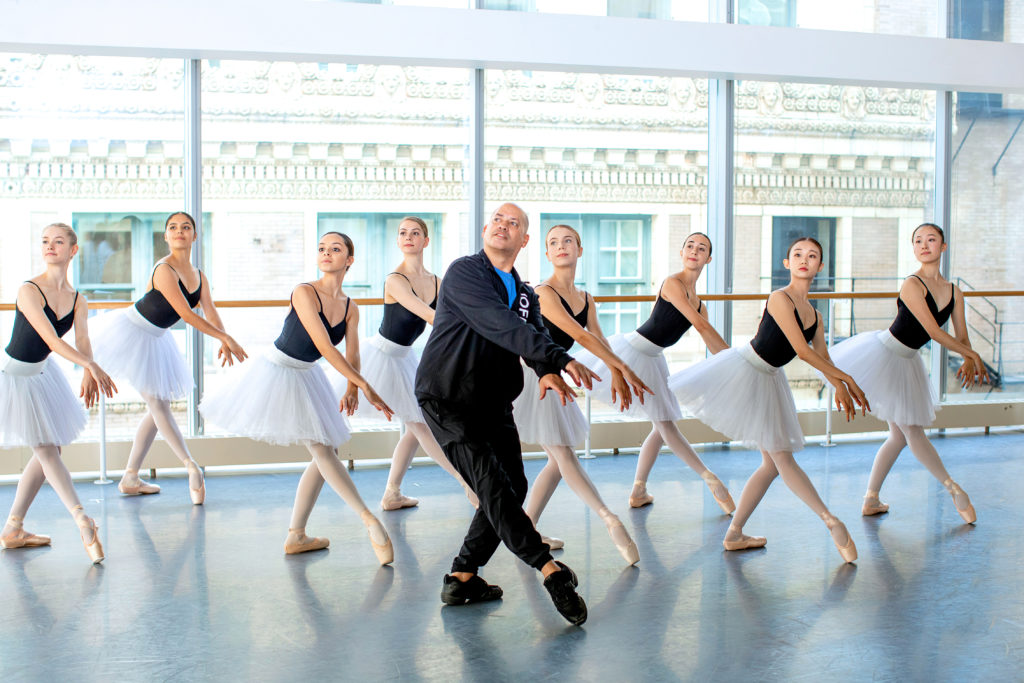
Joffrey’s existing arrangement with local provider Rush Health grants students and trainees easy access to orthopedic providers, but is being expanded to include mental health practitioners. Treatment would be billed to the student’s health insurance policy. In addition, Rush Health presents group seminars to the dancers on a variety of topics. (This past year’s seminars focused heavily on pandemic-related stressors.)
The PNB School also provides regular seminars focusing on preventive care. Additionally, students have access to Solution Focused Brief Therapy sessions, with up to 10 hours of individual time with Spell covered per school year.
Keeping an Open Dialogue
Smaller companies and schools may not have the resources to provide wellness programs of the same scope as PNB and Joffrey. But there are other ways they can encourage and support their artists. “Administrators can network in the community and find referral sources that dancers can utilize, even if they can’t afford an on-site therapist or wellness team,” says Spell, citing the organization Minding the Gap as a resource that connects artists and arts groups with mental health professionals.
Stoner Winslett, artistic director of the 16-member Richmond Ballet, tries to create an emotionally healthy culture by encouraging dialogue about work challenges. “My own experience in professional ballet was not great for mental health,” she says. “I believe it’s imperative to see the dancer as a whole human being—body, mind and spirit—and recognize the emotional stress the ballet world is going to put on you.”
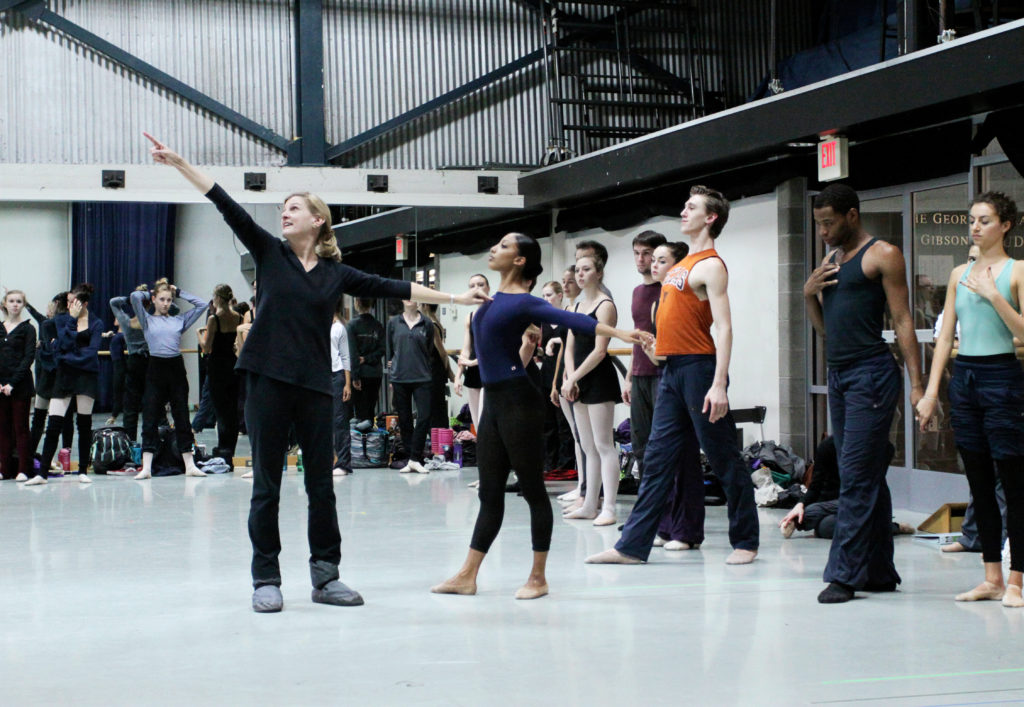
Winslett says she and artistic staff maintain an “open-door policy” and encourage dancers to alert them when shouldering something tough. “Sometimes I’m struggling and I’ll tell the dancers so, and I’d like to think that if their leader admits to a bad day, that empowers them to share if something’s wrong and they need some space or support.” When staff notices a dancer showing signs of distress, they will speak to them to try to determine whether some outside help would be useful. Free counseling is available through an insurance-based Employee Assistance Program. Winslett notes that her many years in Richmond have afforded her a wide array of useful contacts, including counselors of many types.
Ease of Access and Eliminating Stigma
Encouraging dancers to pay attention to their mental health is one thing, but actually providing access to services sends an entirely different message. “We’ve talked to our dancers about how there’s no stigma attached to seeing someone and talking about your mental and emotional needs,” Rodriguez says. “Everyone has issues. I’m a strong proponent of mental health care being just like seeing an MD or PT.”
Spell agrees. “I want mental health care to be just like any kind of physical therapy, conditioning or massage, where it’s accessible and woven into everyday life,” he says. “Back in the ’70s, physical therapy was not a common resource, and there was stigma about seeking care outside the studio. But we’re in a totally different place now.”




